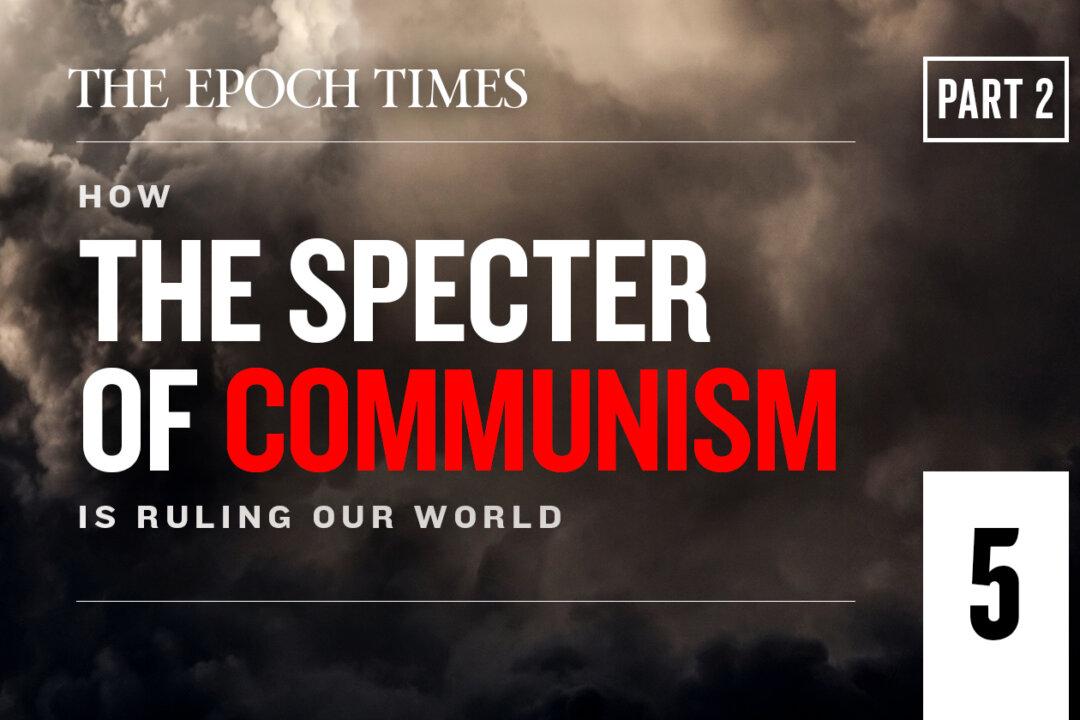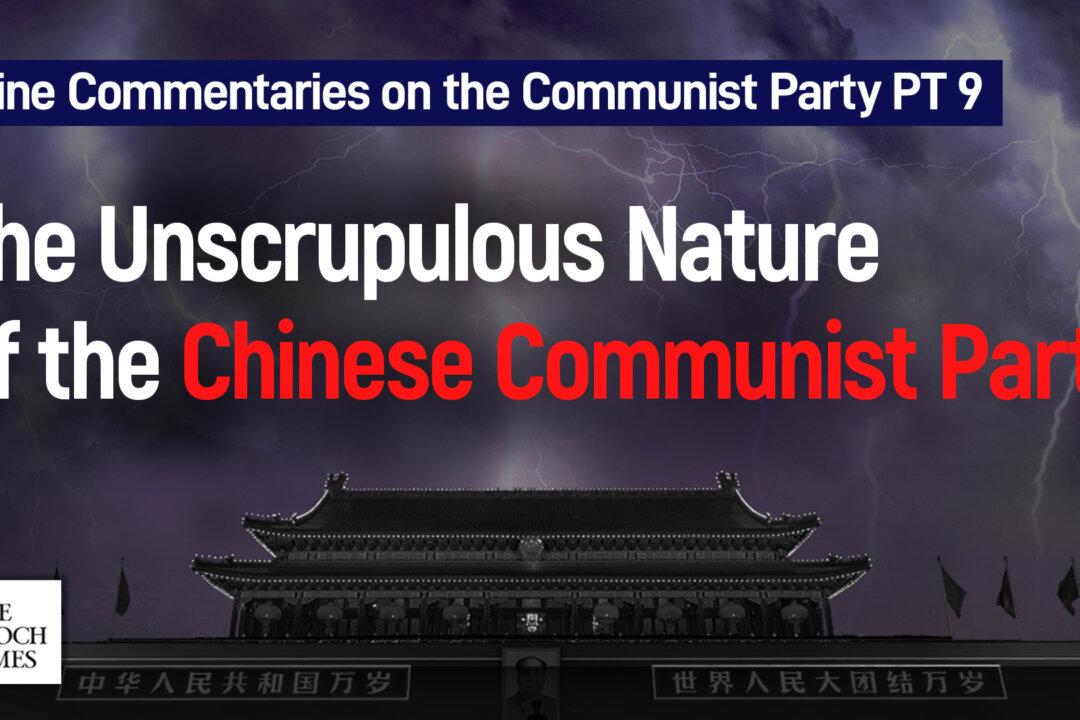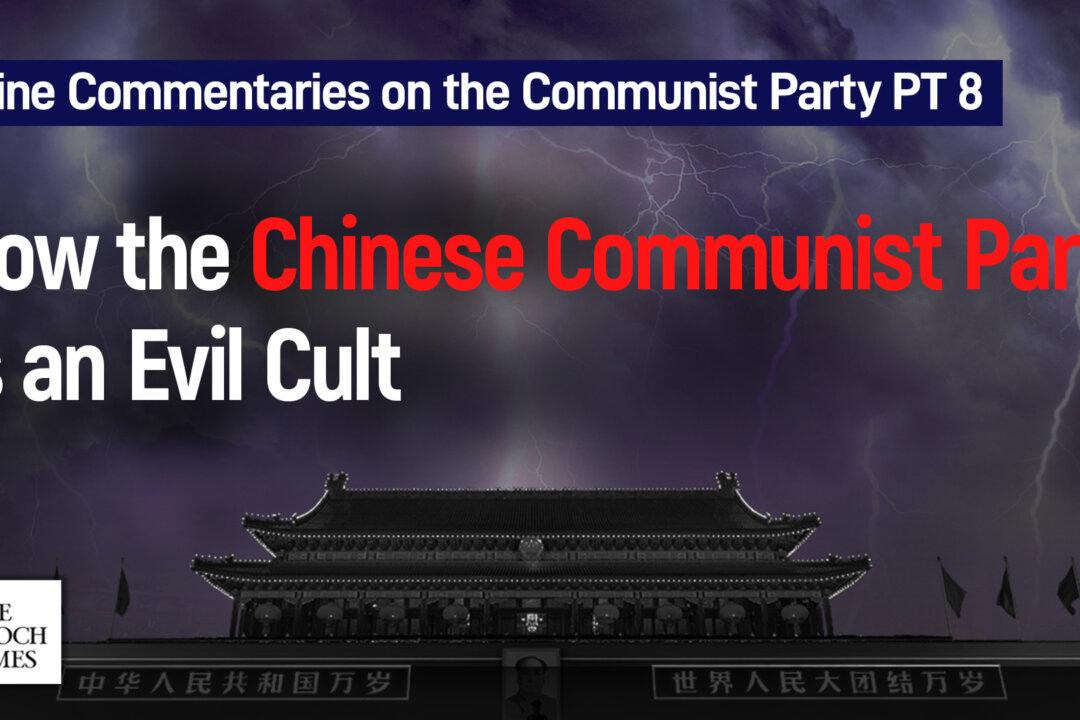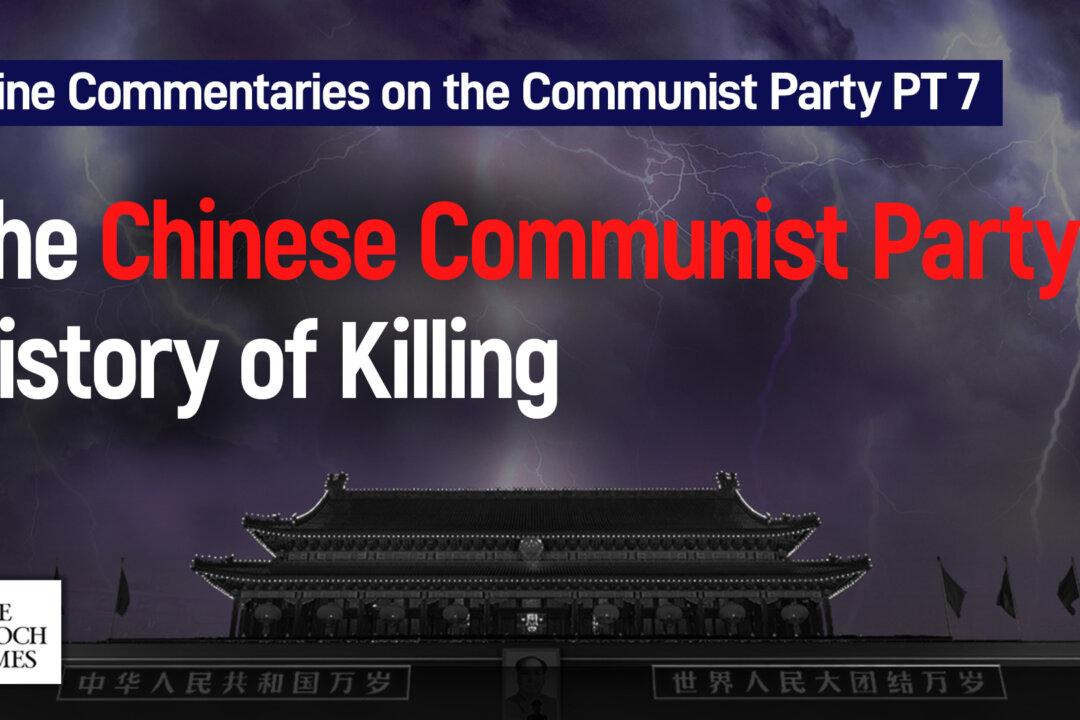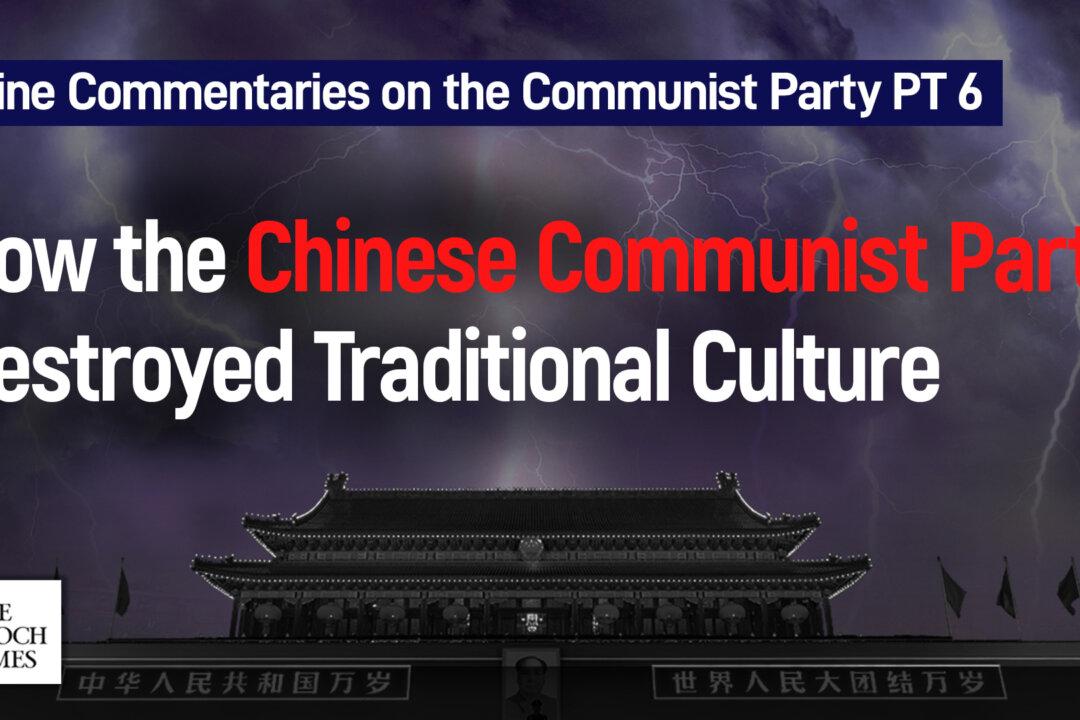The Epoch Times is serializing an adaptation from the Chinese of a new book, How the Specter of Communism Is Ruling Our World, by the editorial team of the Nine Commentaries on the Communist Party.
Table of Contents (continued)
6. The American Marxist7. The Long March Through the Institutions
